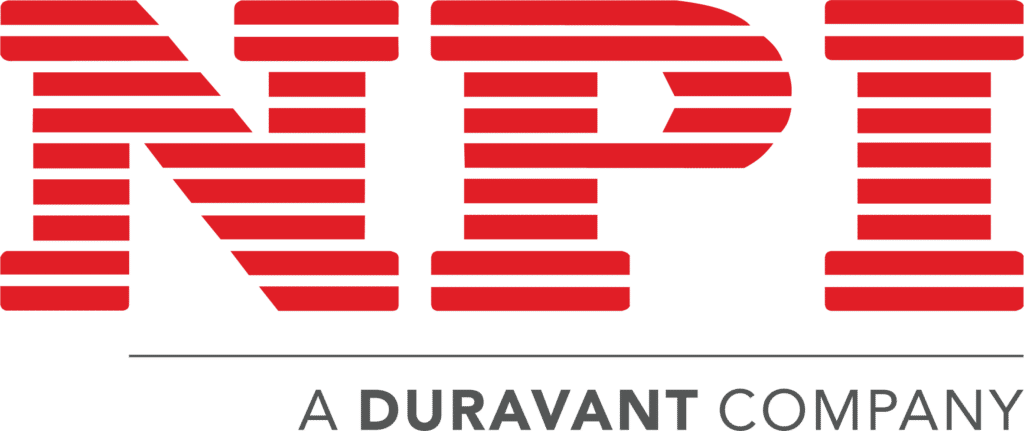The Duravant family of operating companies serve the food processing, packaging and material handling segments.
Preparing for Peak: A Guide to Boosting Your Productivity and Efficiency
18/08/2023
As peak season quickly approaches, businesses are gearing up to handle an increase in demand and ensure smooth operations. One key point that will help to successfully navigate this busy period is optimizing your loading and unloading processes. Fluid truck loading and unloading conveyors offer a solution to streamline these operations, leading to improved efficiency, reduced downtime, and an increase in customer satisfaction.
This guide will help navigate the process of integrating fluid truck loading and unloading conveyors into your seasonal operations, ensuring a successful peak season.
Planning for Success
- Assess Your Needs: Evaluate your current loading and unloading processes. Identify pain points, bottlenecks, and areas that could benefit from conveyors.
- Set Goals: Define clear objectives for integrating conveyors, such as reducing loading/unloading times, minimizing errors, or increasing throughput.
Choosing the Right System
- Research Options: Explore different types of loading and unloading conveyors available in the market. Consider factors such as conveyor capacity, features, and compatibility with your existing infrastructure.
- Consult Experts: Engage with system specialists or manufacturers to get expert advice on selecting the most compatible solution for your specific needs.
Installation and Setup
- Site Preparation: Make sure your facility is ready for installation, including the correct power supply and proper space allocation.
- Installation Process: Work closely with the conveyor system provider to install and integrate the conveyors seamlessly into your operations.
- Testing and Calibration: Thoroughly test the system to ensure proper functionality, adjust any settings, and calibrate sensors for accurate performance.
Training Your Team
- Employee Training: Provide comprehensive training sessions for your staff to familiarize them with the operation, maintenance, and safety protocols of loading and unloading conveyors.
- Supervision and Support: Consider assigning dedicated personnel to monitor the system during initial operations and address any questions or concerns from your team.
Maintenance and Ongoing Support
- Regular Maintenance: Establish a maintenance schedule to keep the conveyors in optimal condition. Perform routine checks, lubrication, and address any minor issues promptly.
- Spare Parts Management: Keep a stock of essential spare parts to minimize downtime in case of unexpected breakdowns.
- Technical Support: Maintain a line of communication with the conveyor system provider for troubleshooting assistance and technical support.
Integrating fluid truck loading and unloading conveyors into your seasonal operations can provide a significant competitive advantage during peak periods. We hope this guide will help your business to be well-prepared in implementing these systems and ensure an extraordinary and productive peak season.










